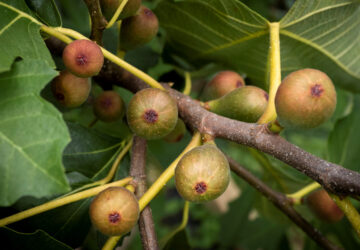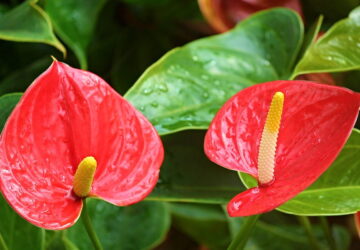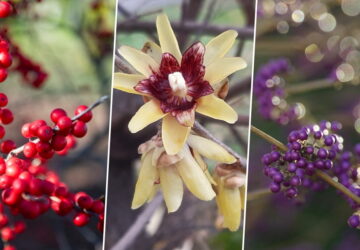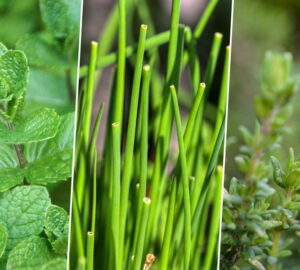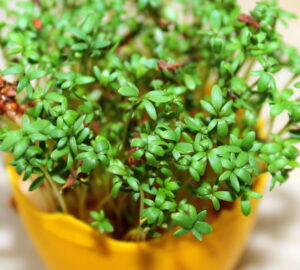Did you know that the common fig (Ficus carica) has been celebrated as both a delectable fruit and a medicinal plant for thousands of years? This ancient tree boasts a rich history, and in this article, we’ll explore the fascinating medicinal properties hidden within its leaves and fruits. From aiding digestion to combating osteoporosis, the fig tree holds secrets that garden owners and plant enthusiasts alike will find intriguing.
Fig Fruits: A Nutritional Powerhouse
The common fig tree has come a long way from its origins and can now be found bearing fruit in temperate zones with increasingly hot summers. Its roots in cultivation date back over 4,500 years, as depicted in ancient Egyptian artwork, and it has flourished across the East and the Mediterranean region.
One of the most noteworthy aspects of figs is their exceptional nutritional value. These luscious fruits are packed with fructose, protein, fat, phosphorus, iron, magnesium, manganese, potassium, calcium and various essential trace elements. Moreover, fresh figs are abundant in vitamins C, A, and B, making them a natural remedy for fatigue.
Aids Digestion and Combats Constipation
Fig fruits owe their reputation as a digestive aid to their high fiber content, which promotes healthy digestion and helps prevent constipation. However, it’s worth noting that freshly picked figs have a limited shelf life, so it’s best to savor them as soon as possible. Alternatively, figs can be transformed into dried fruits and delectable jams for year-round enjoyment.
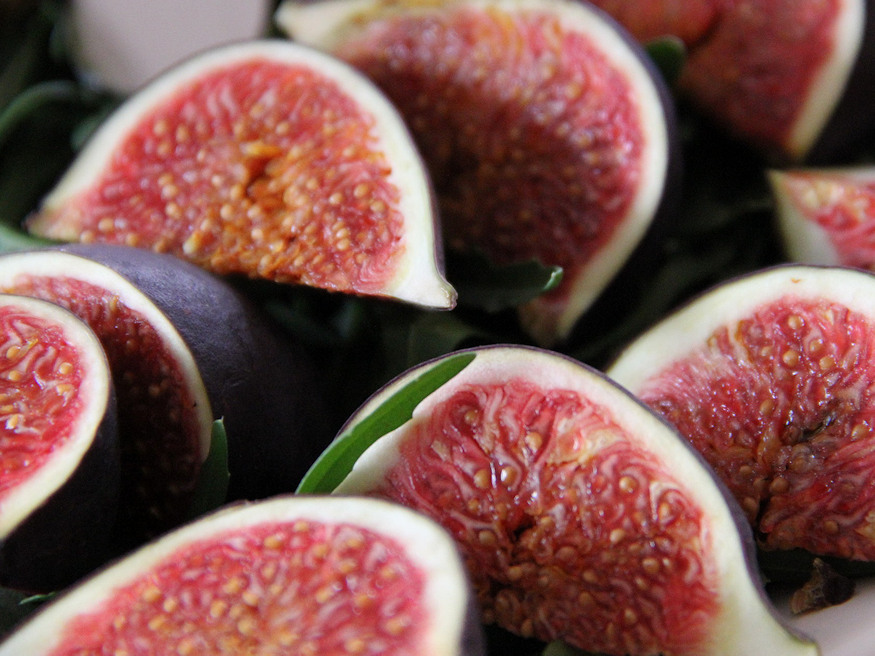
Fig Seeds: A Multipurpose Medicinal Marvel
Beyond their culinary appeal, fig seeds possess a range of medicinal properties. Folk medicine has historically employed these seeds to alleviate sore throats, earaches and respiratory complaints. Fig seeds contribute to better heart function and provide relief from digestive and heartburn issues. This remarkable fruit even acts as an immune booster while helping to normalize blood pressure and cholesterol levels. Additionally, it’s recommended for diabetics due to its calcium content and as a defense against osteoporosis.
Fig Tree’s Milky Sap: A Natural Skin Remedy
Surprisingly, the milky sap of the fig tree, more specifically, has diverse medicinal applications.
- Wart Removal: There is anecdotal evidence and traditional use of fig tree sap for wart removal. Some people have reported success with this method, but scientific studies confirming its efficacy are scarce.
- Skin Problems: The milky sap of the fig tree is known for its potential skin-soothing properties and has been used traditionally for various skin issues. While it may offer relief for some skin problems, its effectiveness can depend on the specific condition and the individual.
- Acne-Prone Skin: Fig tree sap has been used as a remedy for acne-prone skin in traditional medicine. Again, the results may vary among individuals, and it may not be as effective as modern skincare treatments.
In summary, while the milky sap of the fig tree has been traditionally used for skin-related issues, its efficacy for specific conditions is not scientifically well-documented. As with any natural remedy, individual experiences may vary, and it’s advisable to consult a dermatologist or healthcare professional for appropriate and evidence-based treatments for skin concerns.
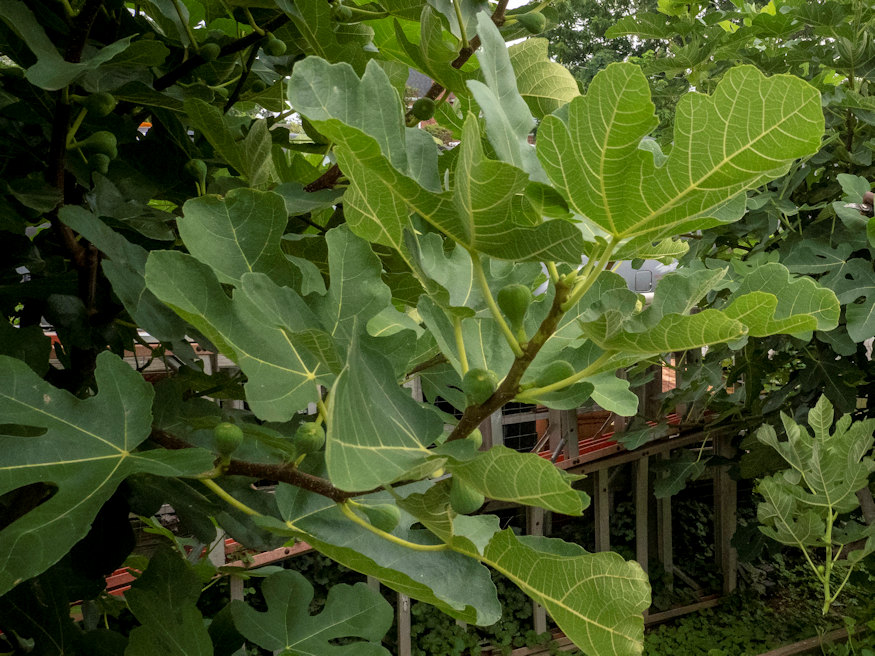
Fig Leaf Tea: A Healing Elixir from Nature
Fig leaves, when brewed into tea, offer a wealth of medicinal benefits. This tea is highly recommended for controlling blood pressure, managing diabetes, and countering osteoporosis and digestive issues. Additionally, it serves as a potential remedy for liver cirrhosis, bronchitis, and hemorrhoids. A daily cup of fig leaf tea can work wonders for your overall well-being.
Fig leaf tea can be crafted using either dried or fresh fig leaves. Here’s how to make this soothing brew:
Ingredients
- Fresh or dried fig leaves (about 4-5 leaves per cup of water)
- Water
Instructions
- Choose Your Leaves: Whether you have fresh fig leaves from your garden or dried ones on hand, you can create fig leaf tea. Ensure the leaves are clean and free of damage.
- Prepare the Leaves: If you’re using fresh leaves, gently wash them under cold running water and trim the stems. For dried leaves, they are ready to use as-is.
- Boil the Water: In a pot or kettle, heat water. You’ll need about 8-10 ounces (240-300 ml) of water for each cup of tea.
- Infuse the Leaves: Place your selected fig leaves in a teapot or heatproof container. Pour the hot water over the leaves.
- Cover and Steep: Lid the container and let the fig leaves steep for approximately 10-15 minutes. This infusion allows the beneficial compounds to meld with the water.
- Strain and Serve: Once steeped, strain the tea into your cup to remove any leaf fragments. If you prefer a touch of sweetness, consider adding honey or sugar.
- Savor the Brew: Enjoy your homemade fig leaf tea while it’s warm. It’s a versatile and potentially healthful beverage, known for its possible contributions to blood pressure regulation and digestive well-being.
Whether you choose dried or fresh fig leaves, adjusting the quantity and steeping time can alter the tea’s strength and flavor to match your personal taste. Delight in the natural goodness and potential health benefits of this soothing elixir, courtesy of the fig tree’s bountiful leaves.
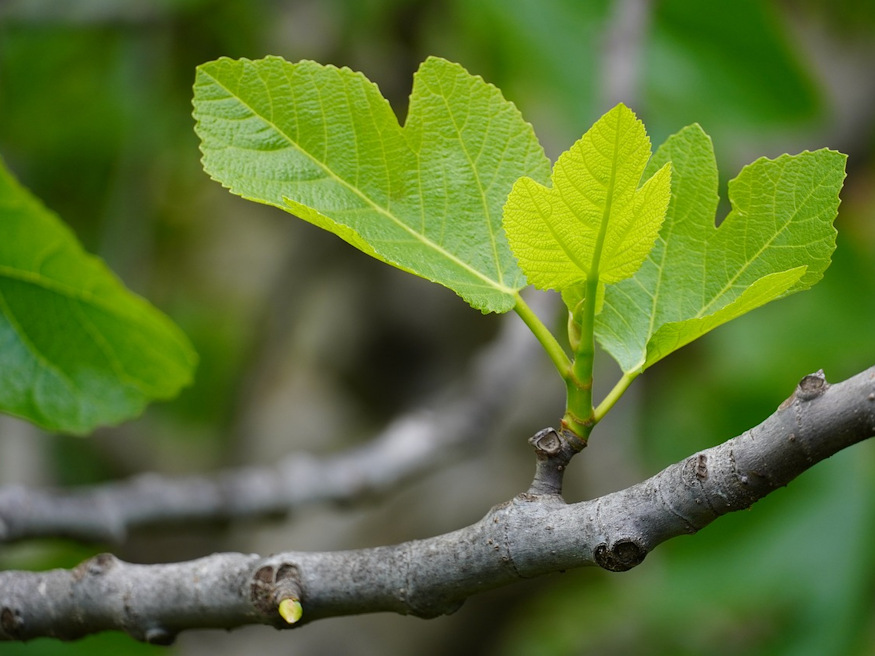
Nature’s Medicinal Treasure
While figs, fig seeds and fig leaf tea have demonstrated medicinal benefits based on centuries of folk wisdom, it’s essential to remember that these remedies should complement, not replace, professional medical advice. If you have any health concerns or conditions, it’s advisable to consult with a healthcare professional. Nonetheless, the common fig tree stands as a testament to the enduring power of nature to provide both culinary delight and potential healing properties, making it a cherished addition to any garden or orchard. Unlock the secrets of this ancient medicinal treasure and harness its bountiful gifts for a healthier you.
